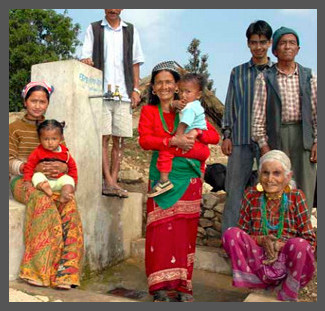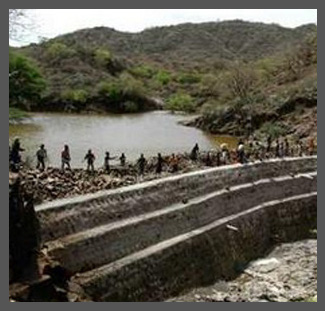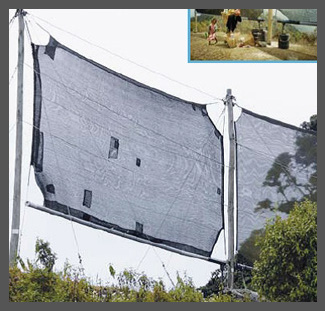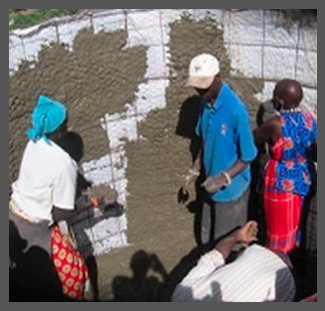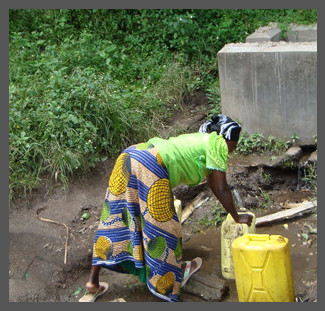Difference between revisions of "Water Portal / Rainwater Harvesting"
(→Field experiences) |
(Added info on rainwater harvesting structures to be built at Chennai, India) |
||
| Line 2: | Line 2: | ||
Rainwater harvesting is a technique of collection and storage of rainwater into natural reservoirs or tanks, or the infiltration of surface water into subsurface aquifers (before it is lost as surface runoff). One method of rainwater harvesting is rooftop harvesting. With rooftop harvesting, most any surface — tiles, metal sheets, plastics, but not grass or palm leaf — can be used to intercept the flow of rainwater and provide a household with high-quality drinking water and year-round storage. Other uses include water for gardens, livestock, and irrigation, etc. | Rainwater harvesting is a technique of collection and storage of rainwater into natural reservoirs or tanks, or the infiltration of surface water into subsurface aquifers (before it is lost as surface runoff). One method of rainwater harvesting is rooftop harvesting. With rooftop harvesting, most any surface — tiles, metal sheets, plastics, but not grass or palm leaf — can be used to intercept the flow of rainwater and provide a household with high-quality drinking water and year-round storage. Other uses include water for gardens, livestock, and irrigation, etc. | ||
| + | |||
| + | ==Rainwater harvesting in India== | ||
| + | Tamil Nadu is the first Indian state to make rainwater harvesing mandatory. On 30 May 2014, the state government announced that it will set up 50,000 rainwater harvesting structures at various parts of the capital city of Chennai. [http://timesofindia.indiatimes.com/city/chennai/50000-rain-water-harvesting-structures-to-come-up-in-Chennai/articleshow/35794531.cms] | ||
<font color="#555555" size="3">'''The reasons for using rainwater harvesting systems answer three questions:'''</font> | <font color="#555555" size="3">'''The reasons for using rainwater harvesting systems answer three questions:'''</font> | ||
Revision as of 11:02, 5 June 2014
Rainwater harvesting is a technique of collection and storage of rainwater into natural reservoirs or tanks, or the infiltration of surface water into subsurface aquifers (before it is lost as surface runoff). One method of rainwater harvesting is rooftop harvesting. With rooftop harvesting, most any surface — tiles, metal sheets, plastics, but not grass or palm leaf — can be used to intercept the flow of rainwater and provide a household with high-quality drinking water and year-round storage. Other uses include water for gardens, livestock, and irrigation, etc.
Rainwater harvesting in India
Tamil Nadu is the first Indian state to make rainwater harvesing mandatory. On 30 May 2014, the state government announced that it will set up 50,000 rainwater harvesting structures at various parts of the capital city of Chennai. [1]
The reasons for using rainwater harvesting systems answer three questions:
What: Rainwater harvesting will improve water supply, food production, and ultimately food security.
Who: Water insecure households or individuals in rural areas will benefit the most from rainwater harvesting systems.
How: Since rainwater harvesting leads to water supply which leads to food security, this will greatly contribute to income generation.
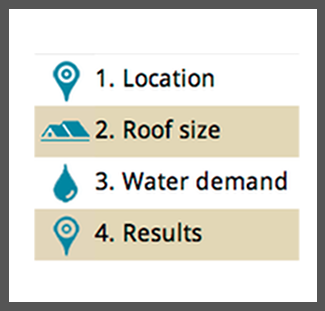
| ||||
Retention & Reuse) |
Micro-financing |
|||
3R and MUS |
Clearwater Revival |
||||
Field experiences
These projects are utilizing rainwater harvesting techniques and are part of the project listing in Really Simple Reporting (RSR) on Akvo.org.
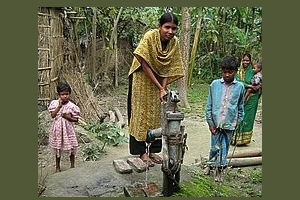 WASH program in Rural Bangladesh |
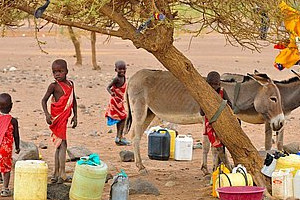 Scale up of Sustainable Water Access |
 Etude technique d’avant-projet |
 Rainwater harvesting for Nicolas School |
 Safe water supply for Fayaco, Senegal | ||
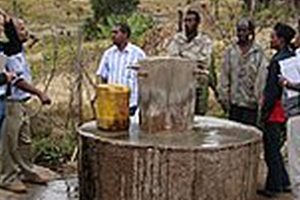 Rainwater Harvesting Capacity Center |
 Support on WASH - in Miyo woreda |
 Upscaling CLTS for Healthy Communities |
 Partnership in WASH services delivery |
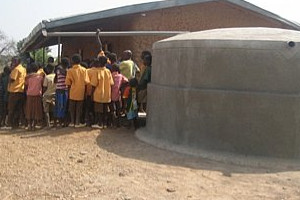 Northern Region WASH Programme | ||
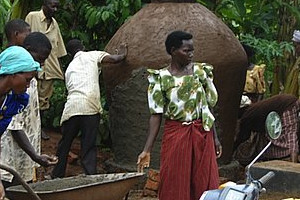 Raising awareness on rainwater harvesting |
 Wetland Management & Water Harvesting |
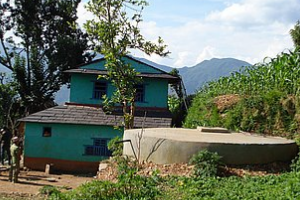 Rain Water Harvesting in Nepal |
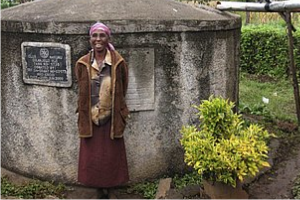 Rainwater Harvesting in Kenya |
 Rainwater harvesting in Guinee Bissau 2 | ||
Acknowledgements
Many of the tools, technologies, and projects on this page are courtesy of the Rainwater Harvesting Implementation Network.
RAIN is an international network with the aim to increase access to water for vulnerable sections of society in developing countries - women and children in particular - by collecting and storing rainwater.
Started in December 2003, RAIN focuses on field implementation of small-scale rainwater harvesting projects, capacity building of local organisations and knowledge exchange on rainwater harvesting on a global scale.


